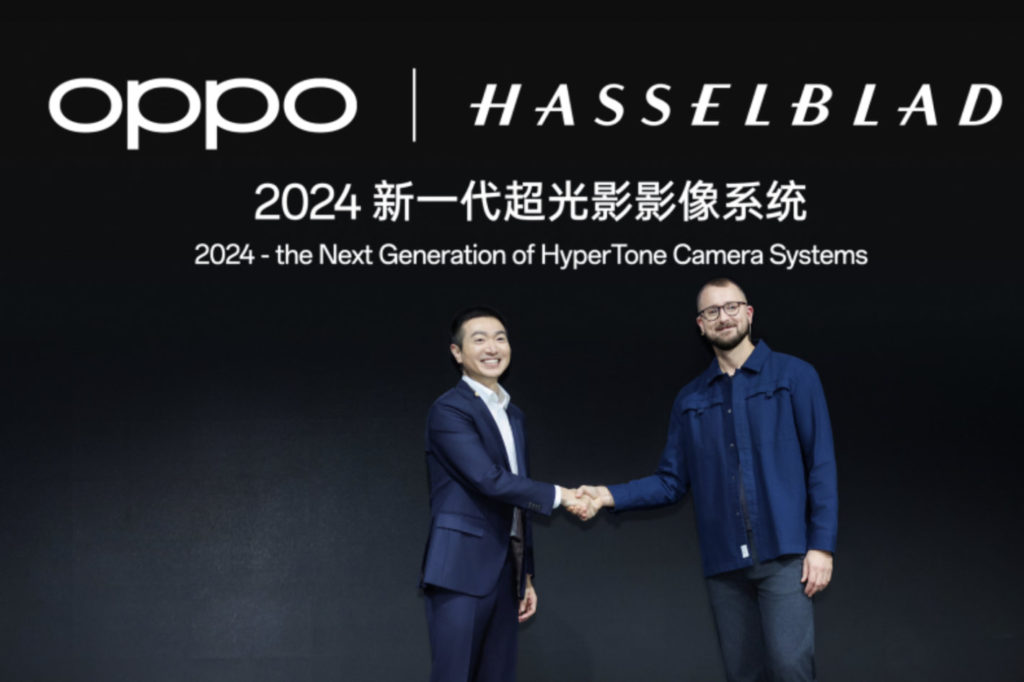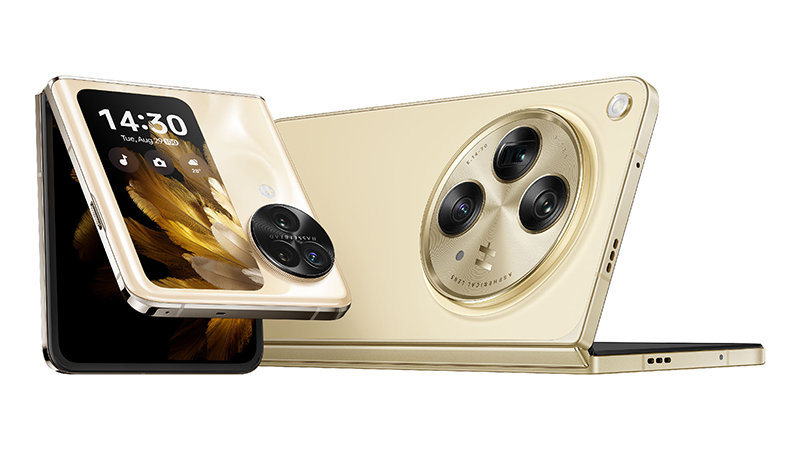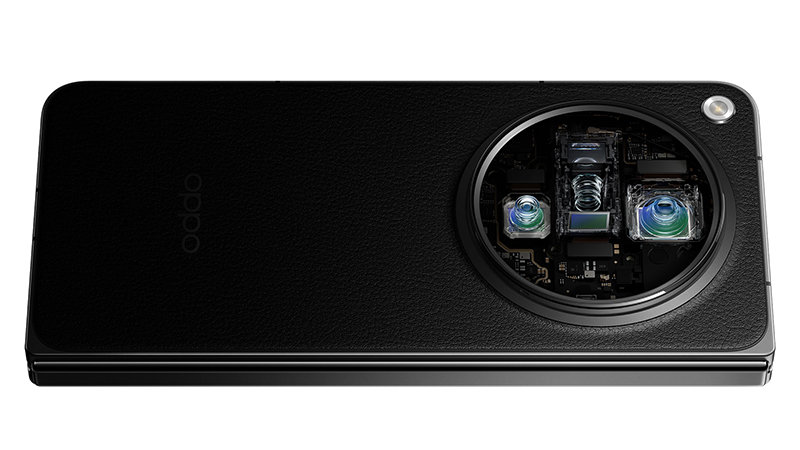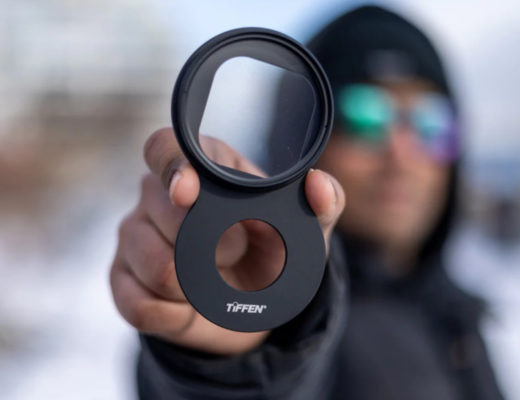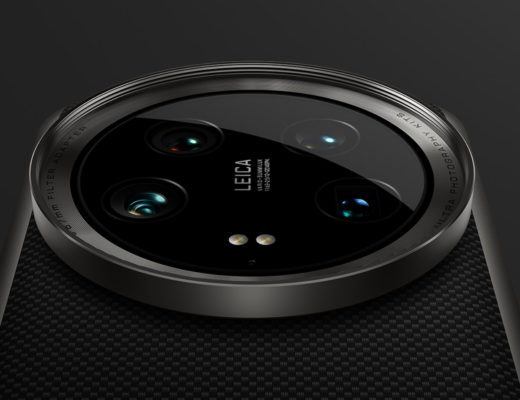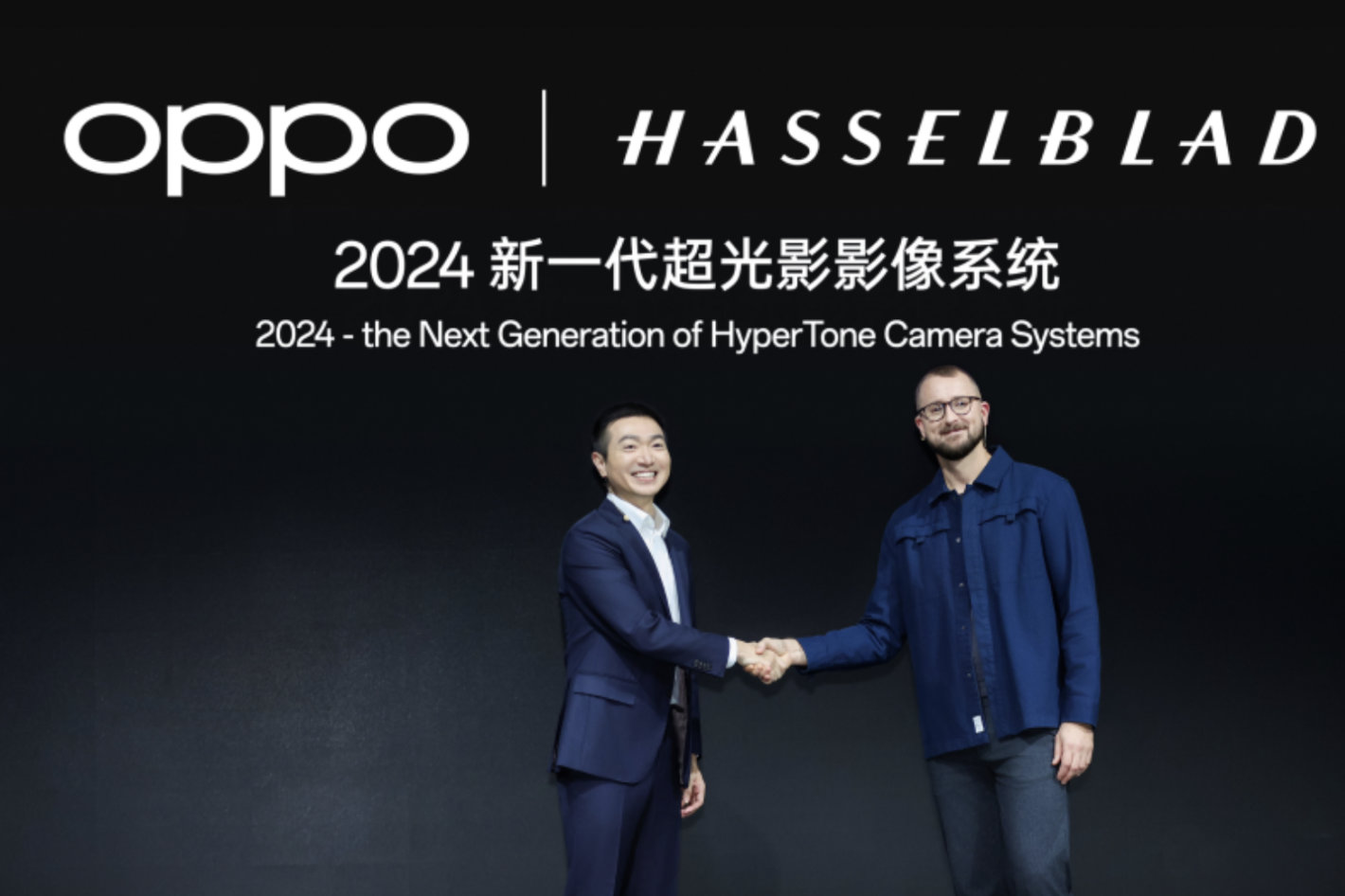 Promising to usher in a new era in computational photography, the partnership between OPPO and Hasselblad will introduce in 2024 a level of quality beyond what’s achievable on typical mobile phones.
Promising to usher in a new era in computational photography, the partnership between OPPO and Hasselblad will introduce in 2024 a level of quality beyond what’s achievable on typical mobile phones.
First seen in flagship smartphones from OPPO like the Find X6 and the Find N3, the HyperTone Camera System is about to take a step forward, the company announced during the Paris Photo 2023, held this month. The partnership with Hasselblad, “the legendary camera manufacturer” as OPPO likes to note, started in 2022, following what has been a trend in the smartphone universe: mobile companies looking for partners from the conventional camera business.
Hasselblad’s partnership with OPPO was launched after “the legendary camera manufacturer” ended its relationship with Huawei, for reasons well known but not fully explained. OPPO is not alone, as Xiaomi is working with Leica, Vivo with Zeiss… and there are even rumors that we may see Canon adhere to this kind of “partnership”, although one never knows exactly how much technology is shared or if it’s the inclusion of a logo from “a legendary camera manufacturer” that is the main goal of the cooperation.
So, now that we’ve defined the landscape, it’s time to look at the news. OPPO may not have delivered the 85-200mm continuous optical zoom for smartphones, revealed in 2021, that would (will?) allow smartphone photographers to capture far-away subjects, but the company announced recently that it is working with Hasselblad, co-developing the next generation of HyperTone Camera Systems for smartphones arriving in 2024.
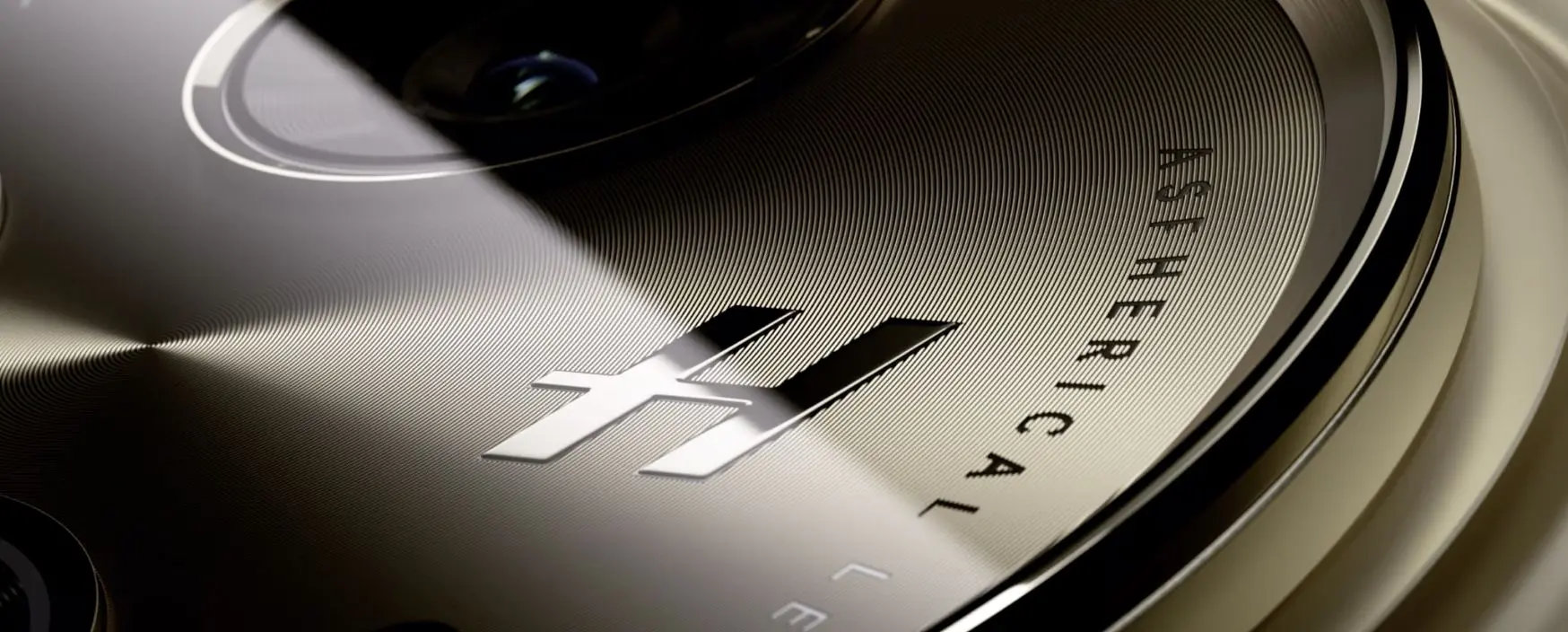 Continue to set new industry standards
Continue to set new industry standards
The company claims that “following aesthetics, HyperTone Camera Systems will usher in a new era in computational photography” adding that “the systems will initially arrive in future Find series flagships, providing users with an unprecedented mobile imaging experience beyond imagination.”
OPPO Imaging Director Oliver Zhang said: “Thanks to the HyperTone Camera System which follows aesthetics, the Find X6 Series is positively received by both the public and professionals. With Find N3 Series, we also brought flagship-level imaging experience for foldables for the first time. I am delighted that our collaboration with Hasselblad has now entered a new phase. By combining classic imaging aesthetics with mobile technology, OPPO and Hasselblad have developed an aesthetic system that is tailored for mobile imaging. In 2024, the two companies will launch the next generation HyperTone Camera Systems and Hasselblad camera experience that promise to continue to set new industry standards.”
Bronius Rudnickas, Hasselblad Global Marketing Manager, said: “We are very pleased to see OPPO’s latest advancements in mobile imaging, which allow people to use their smartphone to bring their creativity to life through photography. Our continued collaboration to build the next-generation HyperTone Camera Systems is a huge project, that is not just a simple inheritance of style. Instead, it is a more organic and in-depth integration of the aesthetics and technology between both brands that will provide photography enthusiasts with enhanced image quality and stylized experiences, beyond what’s achievable on typical mobile phones. I am looking forward to sharing the results of our collaboration with all the creators next year.”
Exciting news, no doubt, but no one really explained what all the fancy technical terms will mean for smartphone photography. OPPO says that its HyperTone Camera System consists of HyperTone All Main Camera System, HyperTone Image Engine, and HyperTone ProXDR Display, to deliver end-to-end system-level imaging capabilities. In addition to Find series flagships, the technical architecture of HyperTone Camera System will empower multiple OPPO product series in the future, for flagship imaging experience with consistent aesthetics and exceptional quality.
“Following aesthetics” explained
The company also claims that “to meet users’ mobile imaging needs, HyperTone Camera System offers the first-ever All Main Camera System in the industry. It enables high image qualities for every focal length whether it’s day or night. In the Find N3, OPPO brings the stack pixel technology sensor to foldable phones for the first time, achieving performance similar to a one-inch sensor that can be fitted into a foldable.”
One term OPPO uses constantly to explain why it is leading a revolution in mobile imaging is “following aesthetics”, which needs some explanation; the company claims that “as a pioneer in mobile imaging, OPPO is leading a revolution by following aesthetics rather than relying on industry traditions of certain technical specifications. This new approach allows the objective technical process to serve the subjective aesthetic of users.” As Hasselblad’s Global Marketing Manager noted during the presentation, the cooperation “is a more organic and in-depth integration of the aesthetics and technology between both brands…”.
According to OPPO, the Photography Aesthetics Feature Quantification Lab – talk about fancy names – is made up of 10% photography technicians, 50% professional photographers, and 40% color experts. Through feature breakdown, solutions planning, and precise tuning, OPPO has created a new photography technology development system, ushering in a new era in computational photography.
Want some more numbers? Well, OPPO says that “following aesthetics, HyperTone Image Engine solves many issues in traditional computational photography, achieving fewer digital artifacts with more computation. Extra HD Algorithm, for example, improves clarity by 30% while reducing noise by 60% by using AI RAW fusion. The new algorithm requires 400% more computing power, but it results in cleaner and clearer details after processing.”
Aware that photo viewing is an indispensable part of a great imaging experience, HyperTone Camera System comes with the industry-leading HyperTone ProXDR Display, according to OPPO. The company adds that by precisely recording the brightness of 12 million pixels, ProXDR technology can unlock up to eight times more dynamic range on-screen, restoring the natural tone to make viewing photos much more realistic. Additionally, OPPO is also working to make ProXDR compatible with the Ultra HDR standard.
… and there is the Hasselblad Portrait Mode
If you’re still trying to find hat’s Hasselblad’s part in this, the Hasselblad Portrait Mode should interest you. According to the information shared, “portrait is not only one of the most popular camera features, but it also represents the most cutting-edge innovation of computational photography. Following aesthetics, Hasselblad Portrait Mode provides portrait photography effects that lead the industry. Through the HyperTone Engine, Hasselblad Portrait Mode initiates delicate tonal changes to create a three-dimensional portrait that avoids brightening the face too much and smoothing out light and shadow. By optimizing with 45 times more skin tone colors, Hasselblad Portrait Mode offers more accurate skin tones. And with Bokeh Flare Portrait, users can get a cinematic bokeh effect that truly simulates the optical out-of-focus effect.
The Hasselblad Portrait Mode, which you’ll find in the new flagships like the Find N3, aims to recreate the signature bokeh atmosphere inspired by Hasselblad’s renowned XCD lens series. OPPO says that “the bokeh effects of Portrait Mode are benchmarked to those of Hasselblad XCD 3,5/30, XCD 2,8/65 and XCD 2,5/90V lenses. There is also a Hasselblad Colour Recognition, which only Pro Mode of the native Camera app supports, and then the XPan Mode, inspired by Hasselblad’s classic XPan camera, which offers a 65:24 aspect ratio for a unique creative space and unparalleled narrative feel.
These are the known contributions from Hasselblad to OPPO smartphones as part of the three-year partnership announced in 2022. We will have to wait for 2024 and the new OPPO smartphones to see in which direction the partnership goes.

Filmtools
Filmmakers go-to destination for pre-production, production & post production equipment!
Shop Now